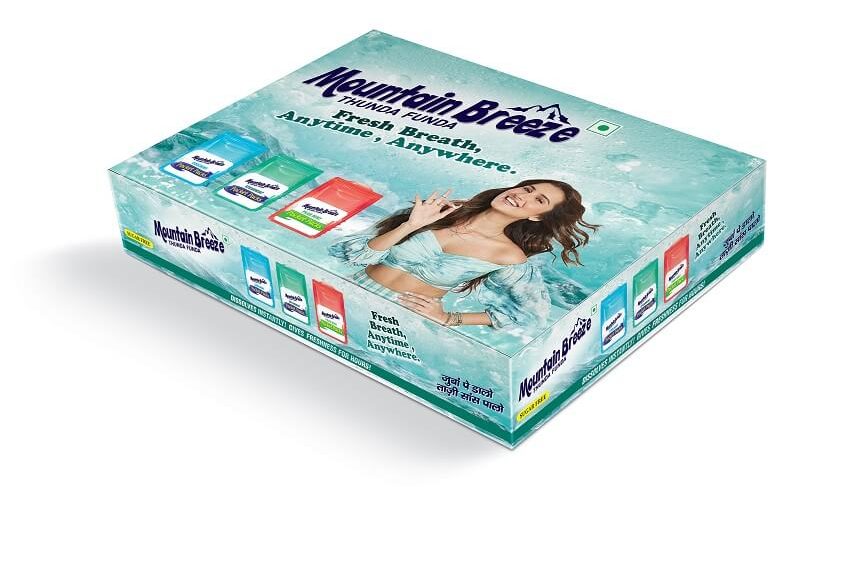Bad breath, medically known as halitosis, can be an embarrassing and unpleasant condition. Fortunately, mouth fresheners offer a quick and convenient solution to combat this issue. In this blog post, we will delve into the science behind bad breath and explore how mouth fresheners effectively tackle the problem, leaving you with a refreshed and confident smile.
Understanding the Causes of Bad Breath
To comprehend how mouth fresheners work, it is important to understand the causes of bad breath. Most commonly, bad breath originates from the presence of volatile sulfur compounds (VSCs) in the mouth. These compounds are produced by the breakdown of proteins by bacteria present on the tongue, teeth, and gums. Additionally, certain foods, poor oral hygiene practices, dry mouth, and underlying health conditions can contribute to the development of bad breath.
Neutralizing Bacteria and Odor
Mouth fresheners combat bad breath by targeting the root cause—bacteria. Many mouth fresheners, such as mints, chewing gums, and sprays, contain antibacterial agents like menthol, eucalyptol, or cetylpyridinium chloride (CPC). These compounds inhibit the growth of bacteria, reducing the production of VSCs. By neutralizing bacteria, mouth fresheners help eliminate the foul odor and provide a refreshing sensation.
Stimulating Saliva Production
Another way mouth fresheners combat bad breath is by stimulating saliva production. Saliva plays a crucial role in maintaining oral health as it helps cleanse the mouth, neutralize acids, and wash away food particles. Certain mouth fresheners, particularly sugar-free gums, encourage saliva flow due to their chewing action. Increased saliva production helps moisten the mouth, preventing dryness and promoting a healthier oral environment.
Masking Unpleasant Odors
Mouth fresheners often incorporate pleasant flavors like mint, cinnamon, or citrus to mask unpleasant odors. While this doesn’t directly eliminate the cause of bad breath, it provides temporary relief by covering up the odor with a more appealing scent. The refreshing flavors and aromas of mouth fresheners can create a lasting sensation of cleanliness and freshness, giving individuals greater confidence in their breath.
Conclusion
Mouth fresheners offer an effective solution for combating bad breath by addressing its underlying causes. Through their antibacterial properties, stimulation of saliva production, and ability to mask odors, these products provide immediate relief and contribute to a healthier oral environment. By incorporating mouth fresheners into daily oral hygiene routines, individuals can maintain fresh breath and enjoy enhanced self-confidence.

